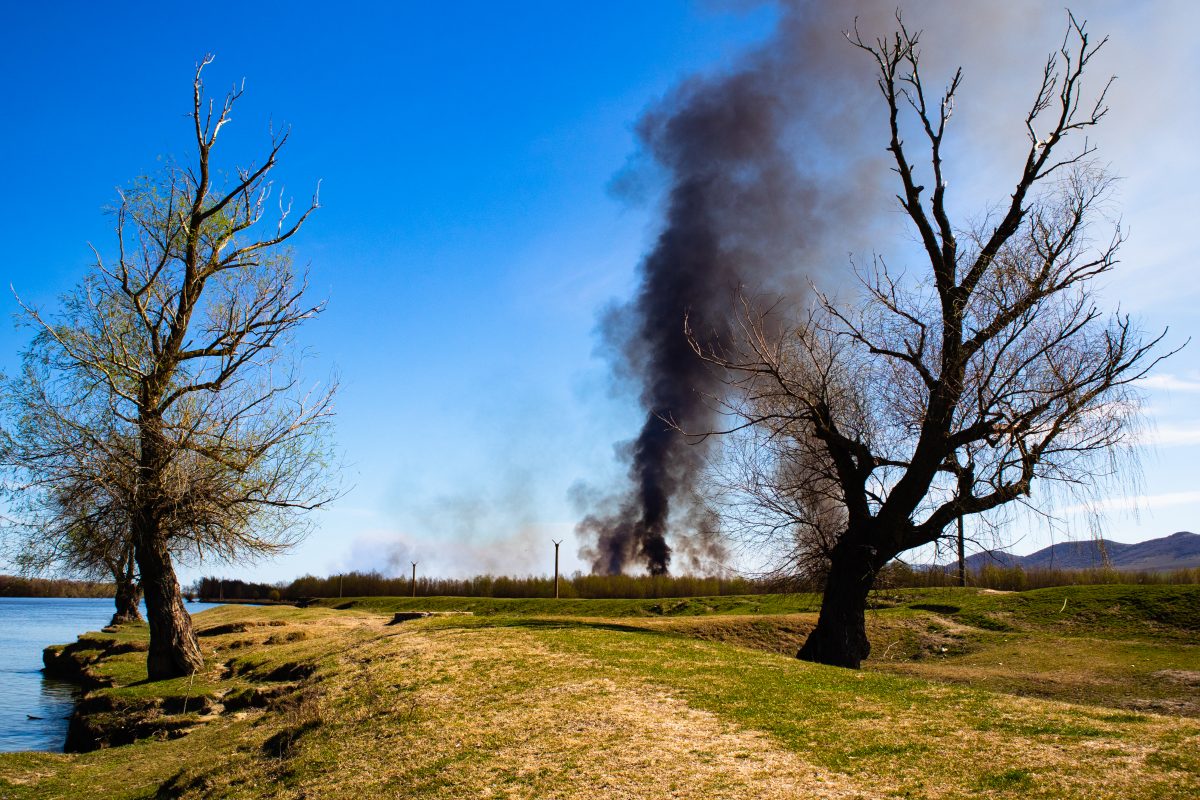As part of EDJNet’s investigation on wildfires across Europe, PressOne has been working on a series of articles about Romania. The latest piece by Laura Popa was just published on the European Data Journalism platform and PressOne.
The author visited the region of Sfântu Gheorghe to investigate some wildfires in strictly protected areas. The reportage explores the Danube Delta region, composed of around 70,000 hectares of biosphere reserve, protected heritage and Natura 2000 sites. Here, in the first three months of 2023, there were 27 bushfires, three of which developed in strictly protected areas where no economic activity is allowed and entry is strictly limited.
Almost all the fires between 2020 and 2023 were caused by human activity. People burn vegetation to keep the land clear, in spite of the local legislation prohibiting this specific use of fire. Moreover, the clearances are widely deemed necessary for fishing activities and expanding the cattle grazing areas, among the local principal sources of income.
The gap between what the law states and what people actually do is further complicated by the diversity of opinions locals have about the legitimacy of burning activities, as the reportage describes. For example, even the staff managing the biosphere area believes that burning reeds has a positive effect on land productivity. Moreover, the area’s vast dimension and limited geographical accessibility, in combination with the absence of controls and legal consequences make it virtually impossible for the police to stop someone from starting a fire.
The lack of cooperation between the reserve’s administration, competent authorities and the local community seems to be an obstacle to managing the fires in the area.
The article is part of the Wildfires in Europe investigation. You can discover more here.
Author: Beatrice Bellavia (Euromontana).
